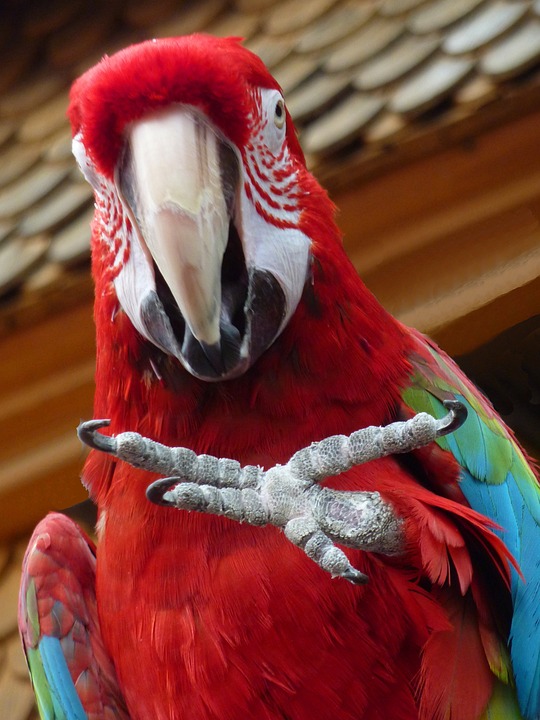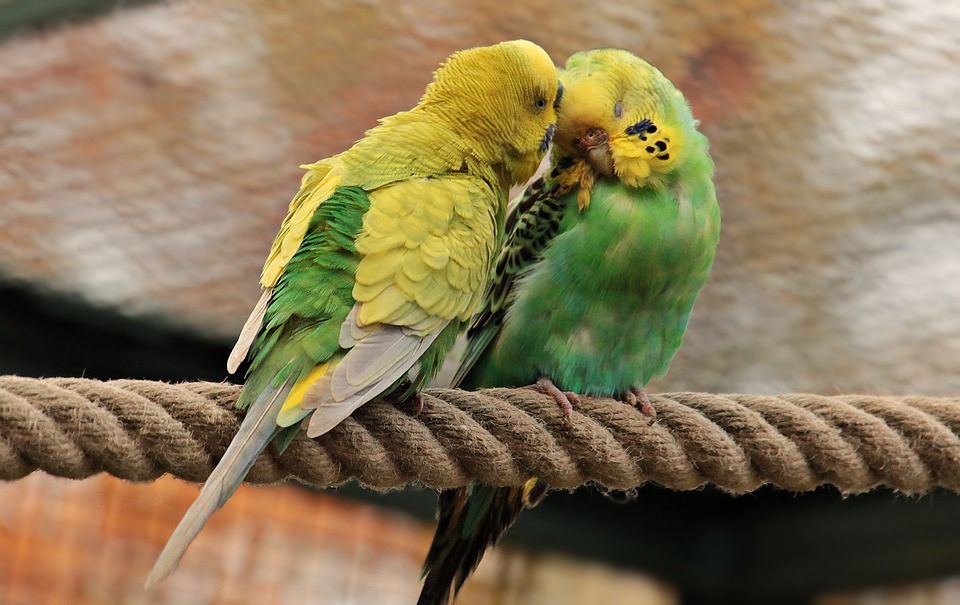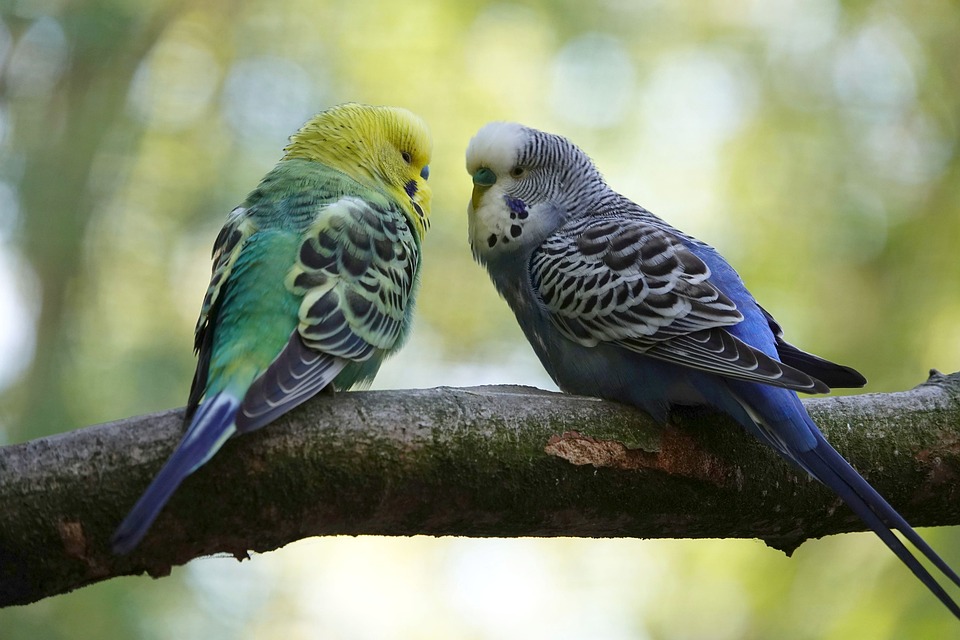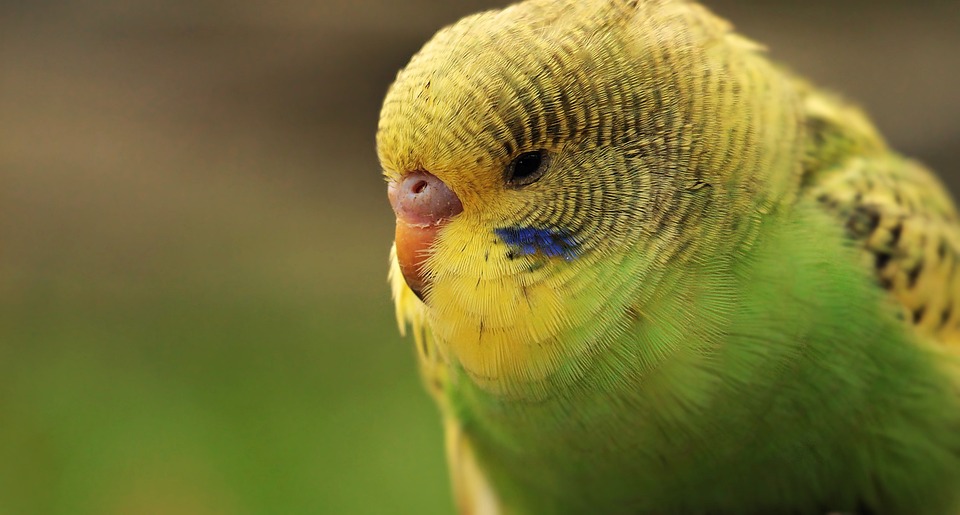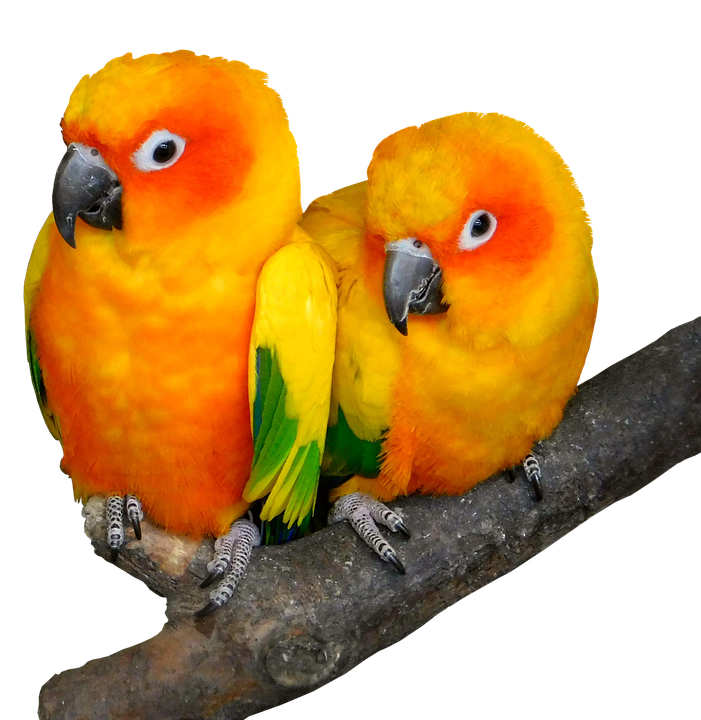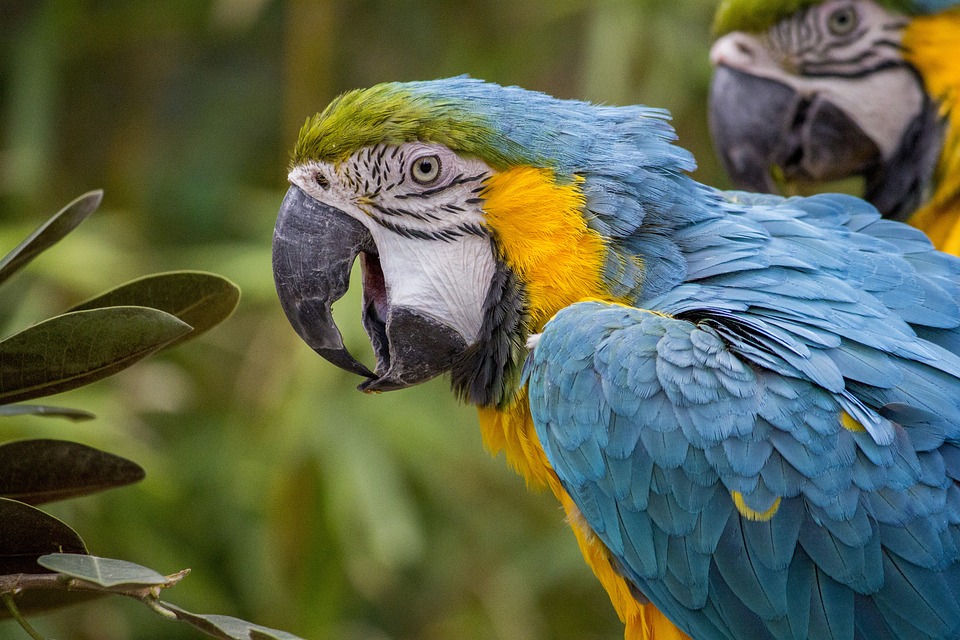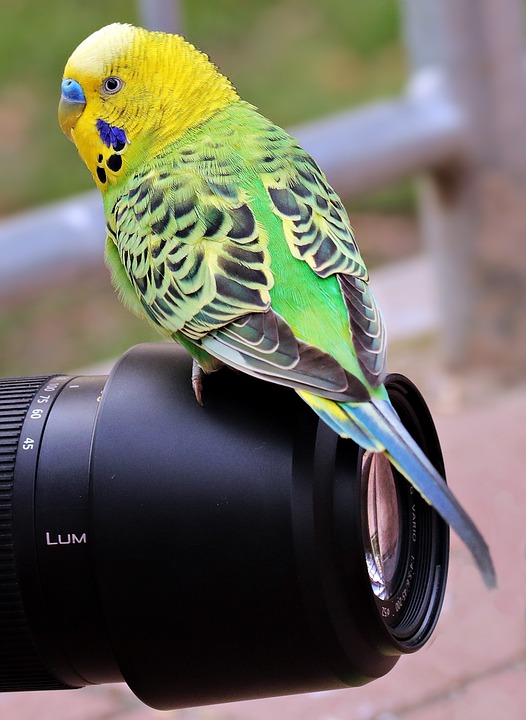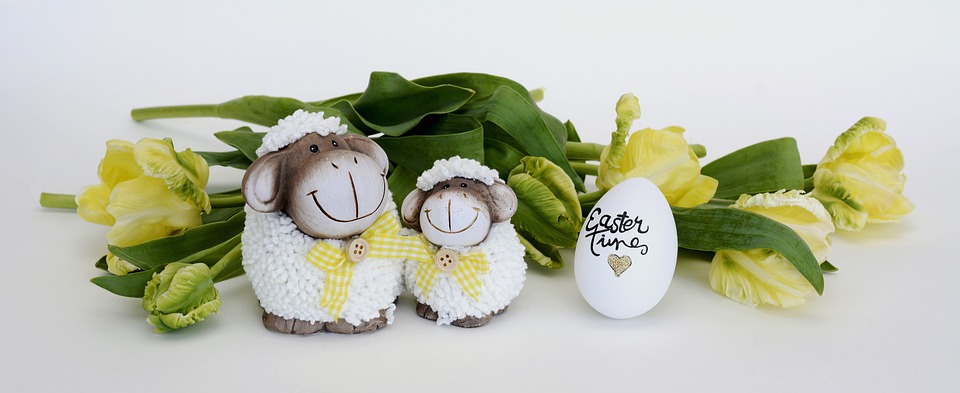Parrots are fascinating creatures with unique behaviors and needs. One crucial aspect of their well-being is the textures they encounter in their environment. This article will delve into the impact of different textures on parrot behavior and provide insights into creating a stimulating and enriching environment for these magnificent birds.
Textures play a vital role in enhancing sensory stimulation for parrots. Tactile senses are essential for their overall behavior and well-being. Different textures contribute to their cognitive development by providing opportunities for exploration and problem-solving. By engaging with various textures, parrots can exercise their minds and stay mentally sharp.
Moreover, different textures affect a parrot’s mental and physical well-being. Soft and plush textures, such as bedding and perches, provide comfort and security. Parrots enjoy snuggling up against soft materials for rest and relaxation. Providing them with appropriate soft toys can also offer comfort and stimulation during preening.
Rough and chewable textures are essential for parrots’ beak maintenance. Parrots have strong beaks that require regular chewing to keep them healthy and prevent overgrowth. Selecting safe and durable chew toys helps redirect their natural chewing behavior and prevent destructive tendencies. Introducing natural wood branches and perches also adds variety to their texture experience.
Smooth and hard textures have their own appeal for parrots. Smooth surfaces are often favored by parrots, and incorporating textured perches promotes foot health and exercise. Hard toys provide the necessary resistance for beak exercise and mental stimulation. These textures are vital for maintaining a parrot’s physical health and preventing boredom.
Creating a safe and stimulating environment for parrots involves carefully selecting materials for toys and perches. Avoid using materials that may be toxic or harmful to their health. Opt for natural and non-toxic options such as untreated wood, stainless steel, and safe plastics. Regularly assess the condition of toys and perches to ensure they are safe and in good condition.
It is also important to consider the frequency of changing textures in a parrot’s environment. While it is essential to provide variety, too frequent changes can cause stress and disrupt their sense of security. Aim for a balance by introducing new textures periodically while maintaining some familiar ones.
In conclusion, understanding the impact of different textures on parrot behavior can help create an optimal environment for these remarkable birds. By incorporating various textures in their cages, toys, and perches, we can promote natural behaviors, maintain their physical health, and prevent boredom. Always prioritize safety when selecting materials and regularly assess and change the textures to keep your parrot’s experience fresh and exciting.

